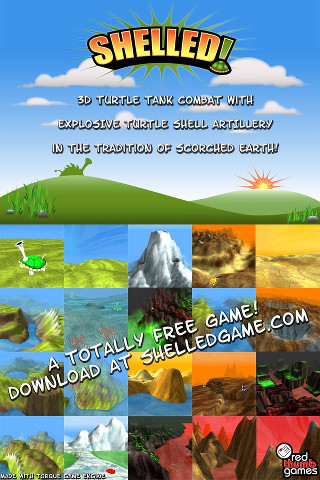Orion Nebula
Winter is usually a great time for astronomy with longer nights and the sun setting at a reasonable hour. The forecast for last Friday was clear until 12am, enough time for a few hours of imaging. I hadn’t realised it was a waxing gibbous moon until after lugging all the gear outside and setting up.
A nearly full moon, combined with a slightly hazy sky limited the choice of objects severely. The moon was out of the question, as I’ve yet to buy a moon filter, even on the lowest exposure setting of 0.001 seconds the ccd chip was becoming too saturated. So I turned instead to the Orion Nebula, M42.

